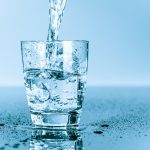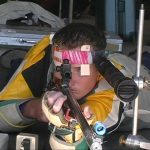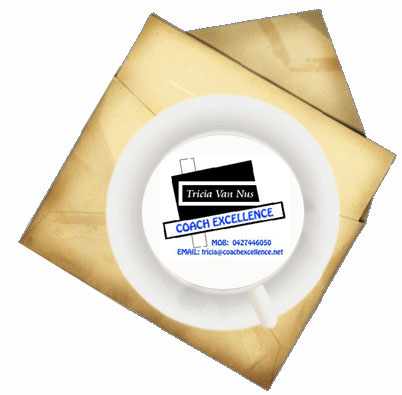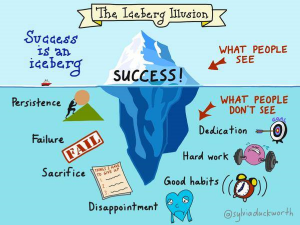HYDRATION & SHOOTING
An article by Nick Sanders.
 When planning for the 2004 Athens Olympic Games heat was identified as a major factor in many sports, shooting was no different. One heat related issue is dehydration, which can be complex and seriously impact athletic performance. Some simple strategies implemented at the Victorian Institute of Sport (VIS) with our Olympic team were designed to minimise any adverse effects.
When planning for the 2004 Athens Olympic Games heat was identified as a major factor in many sports, shooting was no different. One heat related issue is dehydration, which can be complex and seriously impact athletic performance. Some simple strategies implemented at the Victorian Institute of Sport (VIS) with our Olympic team were designed to minimise any adverse effects.
Is dehydration an issue?
D ehydration can ultimately impact on shooting performance as it causes a reduction in the circulating blood volume, which in turn can affect:
ehydration can ultimately impact on shooting performance as it causes a reduction in the circulating blood volume, which in turn can affect:
- concentration
- eye sight
- decision making
- fine motor control
- internal temperature control
- increasing heart rate
- recovery time, on either the same day or the day after
- recovery from air travel
How do we know this is an issue for our shooters?
We conducted simple field based urine tests at training and competition. Urine specific gravity was the test used and it essentially measuring urine concentration. The test works on the physiological assumption that the more dehydrated you are the more fluid the body will try to retain, ultimately increasing urine concentration. This study established that around 60% of our State and National level shooters were not hydrated.
How did we address the issue in a practical way?
The natural response is often simply say drink more water but everyone differs according to how much and when they can drink. What you don’t want is an athlete unnecessarily breaking concentration to go to the bathroom as a result of drinking a bottle of water immediately before his/her event. Similarly the athlete should avoid drinking water just before going to bed as this may result in a disturbed sleeping pattern with the need to go the bathroom during the night.
The strategies
Our study targets two aspects for enhanced absorption and retention of fluid. One of the most effective ways for us to deal with the issue was to target the hydration routine athletes undertake the evening before competition and/or training. From our research conducted at the VIS, as well as from other published research, we know that urine output after consumption is high during the first hour after drinking but this continues for another two hours thereafter.
Initially we set a volume of fluid of about 750ml (1 large drink bottle) to be consumed and finished not less than three hours before bedtime. We were then able to tailor the volume consumed individually, as people hydrate differently and loose fluid in the heat at different rates.
We also know that water is in fact a poor method of hydration from an elite sports perspective. One of the main reasons sports drinks contain carbohydrate and sodium is to assist the body to retain fluid as it passes through the stomach. The VIS has, to great effect, been using a sports drink such as PowerAde combined with a high sodium product called GASTROLYTE (commonly used to treat diarrhoea).
This fluid combination has been used to assist athletes with re-hydration after training, and competition, and any travel. The Gastrolyte and PowerAde combination is not meant to substitute for the volume of fluid consumed, but merely to assist in retaining more of the fluid consumed.
The standard measure is to drink 150% of body weight loss after training or competition still applies, rifle shooters wearing leathers can easily sweat this in an hour. In extreme cases where we find high hydration levels on the morning of competition, we also use this combination to aid in hydration immediately before competition.
The results
The impact of this type of information and the strategies designed to reduce any performance issues has been significant. Dehydration is now no longer an issue for many athletes, although there are still some grappling with the strategies, especially having to provide daily morning urine samples! It has also highlighted the importance of looking after the body more closely in combination with the specific skills of the sport.
Some practical strategies for maintaining hydration
- Thirst is a lagging indicator of hydration – if you feel thirsty, you are probably already dehydrated.
- Urine colour is a poor indication of hydration – it cn be influenced by some foods, drinks and vitamin supplements
- Set up a “night before” training/competition strategy. Establish the routine, and stick to it. Drink 750ml of water between 6 and 7pm, assuming a 10pm bedtime. After a few weeks you may feel that you can increase the volume up to 1.25ml. You will go to the bathroom frequently to start with, but it will reduce over time. A hydration level on the day of training/competition is to try and consume about 250ml an hour in the hours before the event. Some fluid will pass straight through the system, and a toilet stop before the event is normal.
- When shooting is finished, and it is hot, the use of the PowerAde and Gastrolyte combination may help lost fluids.
- If drinking to rehydrate – when you have a drink, take 3-4 mouthfuls rather than little sips. It will make the consumtion of the volume needed to rehydrate much easier.
Please note: everybody’s physiology is different, so strategies are always refined to suit the individual. These suggestions are possible ways to assist, and by no means the only ways or strict standards to follow. If you are taking any medications or health problems please make sure you consult your doctor for the best solution for you.

